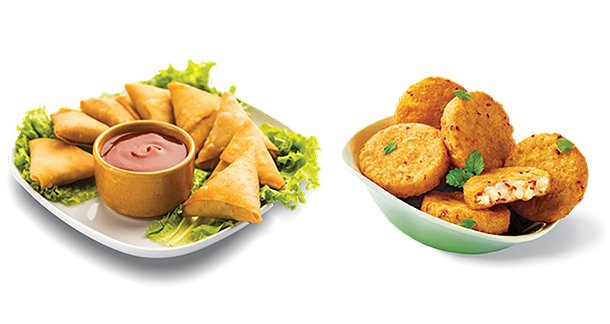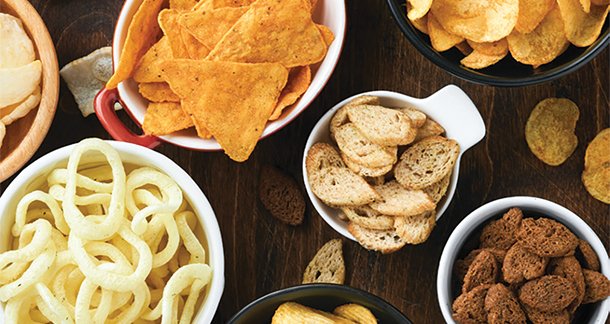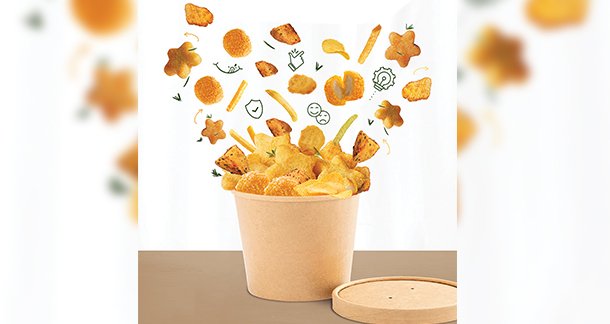The Yummiez 2024 report is all about how India’s snacking culture is shaping itself accordingly. From lifestyle choices and habits to safety concerns and trust, there are many things to explore along with relevant insights and in-depth analysis.
Frozen Snacks as a Lifestyle Choice
Frozen snacks are no more of an occasional thing as they have not secured their place in Indian households. So, people have made including it a part of their lifestyle and not kept it limited to just parties and other events. 53% of respondents accepted that they had replaced their traditional meal with frozen snacks instead. This shift is particularly happening in cities like Delhi NCR, Bangalore, and Chennai. Especially those aged 26–35 are choosing it and around 57% of these people are considering these items as their go-to alternative.
Moreover, frozen snacks’ flexibility makes them suitable for diverse occasions. That is why people from different backgrounds and fields like to have it, be it as study-time munchies or full meals. This overall makes it something much more than convenience foods—a practical solution to fast-paced lifestyles.
How Indians Consume Frozen Snacks
Indian frozen snacks’ versatile nature is known to all but there are many points of view regarding the same. 39% view them as heavy snacks, while 40% consider them mini-meals and 38% of people see them as full meal replacements. If we talk about gender-wise data, women are more likely to consider it as mini-meals while men prefer it as their full meals.

There are other factors and regional variation plays a crucial role in the same. 56% of respondents see frozen snacks as heavy snacks in Amritsar, while in Chandigarh, 56% classify them as starters—love of appetisers. This is how cultural diversity defines the point of view.
Growing Preference for Frozen Snacks
In the present, this snack has successfully made its demand among the masses. This is why 48% of consumers are choosing them over restaurant meals, and it is also a ready-to-cook option among married individuals (52%) and those in the 31–40 age group (50%). This is mainly in Amritsar and Patna, where these snacks have invaded many kitchens.
Its convenience and reliability are some of the main reasons for this shift. This is because urbanisation and busy lifestyles ask today’s products to fulfil this need and frozen snacks come out clean in these criteria.
Snacking Frequency and Occasions
Snacking habits have also seen a surge, as around 79% of respondents agree that they snack more frequently in the present. Younger consumers (18–25) are the main contributors to this shift but the 41–45 age group is also not behind, as 61% of them snack more often. So, this shows how people have started accepting snacks as their daily eating habits.
When it comes to timing, frozen snacks are mainly consumed in the early evening, as more than half of our respondents prefer this time. Plus, 56% of Indians view them as a must-have for gatherings. This is where Bangalore and Amritsar stand out as a party essential hub.
Addressing Safety Concerns
Despite this huge shift and acceptance, frozen snack manufacturers always face this concern of people having misconceptions about safety and preservatives. So, health professionals back this view by considering it a safe diet to include in a daily routine.
Moreover, 33% of consumers consider it more hygienic than ready-made snacks from outside. Married individuals believe more in this concept while prioritising safety and hygiene for their families.

Role of Technology in Building Trust
If we talk about technologies, there are many advancements emerging in the present. Individual Quick Freeze (IQF) kind of innovation is helping maintain quality and safety. This ensures ultra-rapid freezing—locking in flavour, texture, and nutrition without preservatives.
Around 51% of Indians are aware of IQF and 38% of them consider it safe. Married consumers are more lean towards these technologies as well. This approach can be advertised by brands to win over more consumers.
The Taste Factor
Taste was and will always be one of the most critical factors when it comes to catering to Indian consumers. So, the report also suggests it to be tasty among 51% of people. People aged 36–45 are liking it more. This is why convenience is not enough to make it appealing to the masses—taste is just as important.
Indian consumers also prefer authentic flavours, as about 74% favour traditional Indian tastes like Achari or Amritsari. Meanwhile, 64% of people want to explore international flavours like Peri Peri or Teriyaki. This is called dual preference, which creates a balance between cultural roots and global influences.
Regional Preferences
Preferences also change from city to city, as Delhi NCR, Bangalore, and Chennai are leading markets while Amritsar and Patna are emerging as strong contenders. So, we can say that regional cultures have a very tight influence on how people are consuming these snacks.
So, brands need to make specific offerings to target local people for the same. This is where understanding regional demand comes into play, by which manufacturers can create targeted campaigns and product lines.



